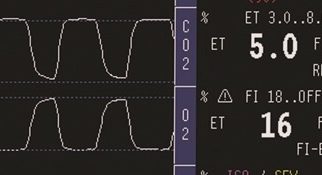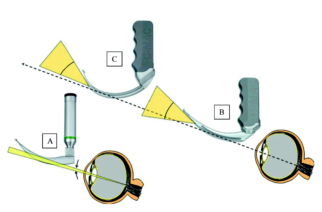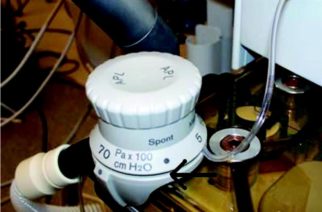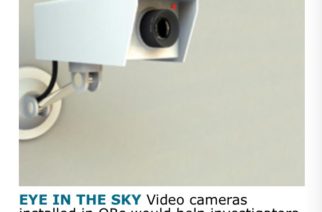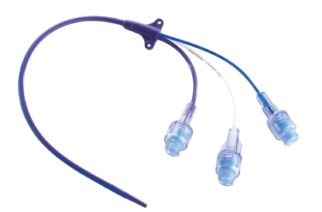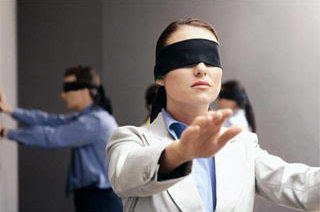Anaesthetists have been using gas analysers for years (see here). Access to this equipment in other resuscitation environments will improve patient safety. We support availability of gas analysers (oxygen analysers & capnography) in the following locations: – theatre recovery – emergency resus bays – all arrest trolleys – neonatal resuscitation […]
Obstacles To Patient Safety
5. Bad Apple Theory
‘When faced with a human error problem you may be tempted to ask ‘Why didn’t they watch out better? How could they not have noticed?’ You think you can solve your human error problem by telling people to be more careful, by reprimanding the miscreants, by issuing a new rule […]
Electrical Burns From Diathermy
Electrical burns from the use of diathermy are not uncommon. There is much we can do to minimise their occurrence. You can help – please provide any other reports of electrical diathermy burns – support the implementation of safer standardised diathermy equipment – support the petition to have a check […]
Video & Direct Laryngoscopy
Devices allowing simultaneous video & direct laryngoscopy represent a safety advantage over either direct laryngoscopes or video laryngoscopes. Intubation is more likely to be successful, with less airway trauma (see here). Devices which allow a video laryngoscopic view for others to see are particularly helpful (see here). In some […]
TGA replace all old Draeger APL valves in Australia
The Draeger anaesthetic machine has a poorly understood issue with its APL valve. When lifted it is actually open – even though it appears closed – creating an inability to pressurise the breathing circuit. There are numerous reports of adverse events related to this issue. A redesign of the valve […]
‘Black Box’ Law would require cameras in every operating room
Video in OR https://www.outpatientsurgery.net/newsletter/eweekly/2017/03/14#2 Wade Ayer – masterminded black box bill. On messenger.
4. The Bystander Effect
In doing nothing we have still made a decision. Bystander Effect: the greater the number of people present, the less likely people are to help. The bystander effect was first demonstrated following the murder of Kitty Genovese in 1964. The New York Times published a report conveying a scene of […]
Central Line Related Air Emboli
Central lines are essential for the care of many patients, however we estimate at least one patient dies worldwide every day from central line related air emboli. The image above is from a CNN report – one of thousands of similar cases. All of these cases are avoidable. Frequently Asked […]
3. Lack of Transparency
Patient safety suffers from a lack of transparency with our incident reporting systems. In healthcare front line staff can’t access valuable information in their error databases. This lack of transparency leaves us flying blind. Without seeing our errors we can’t improve. The repercussions of this are dreadful for patients, families […]

